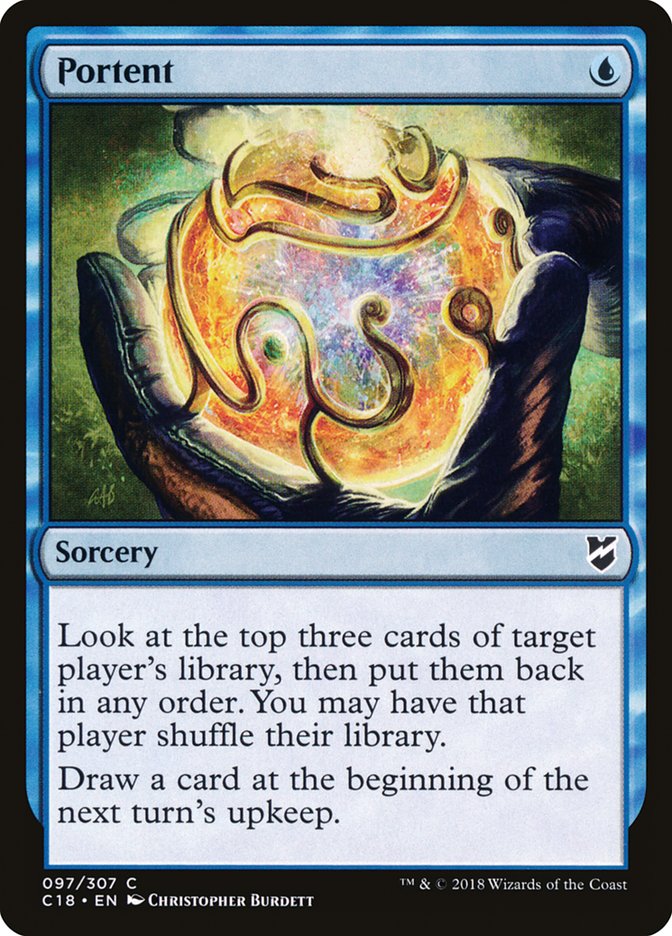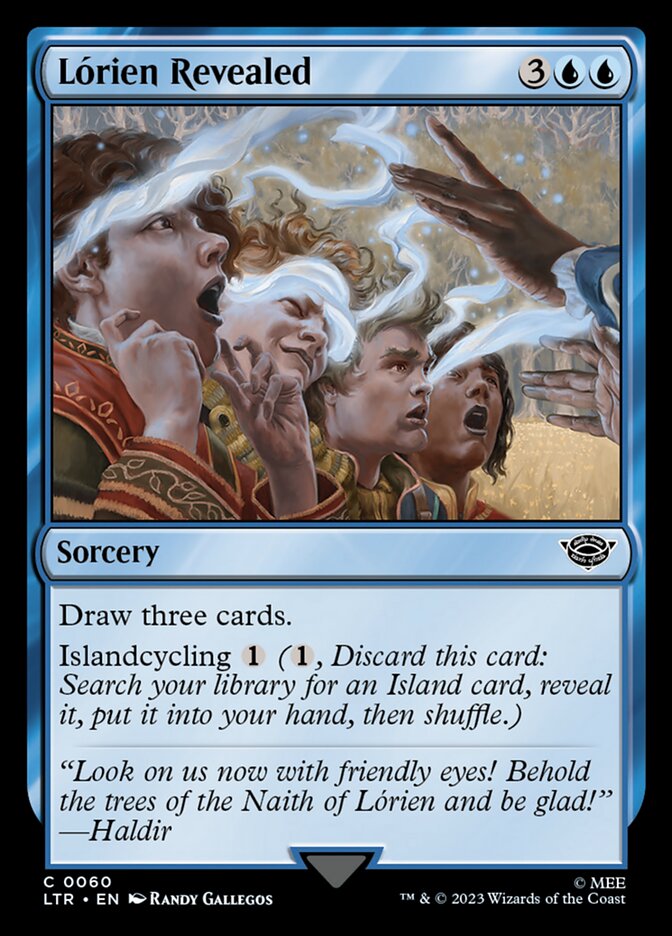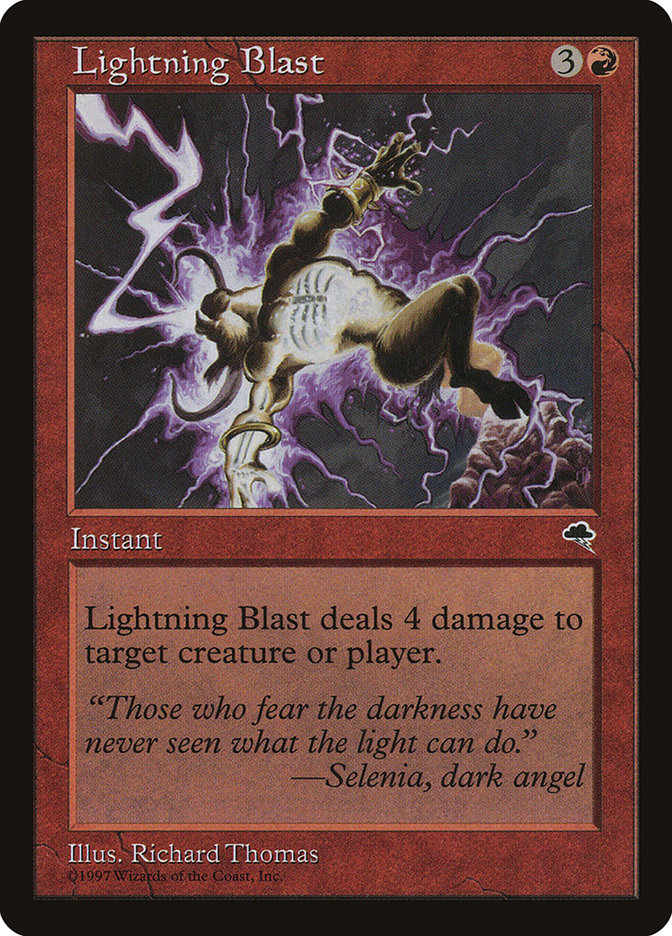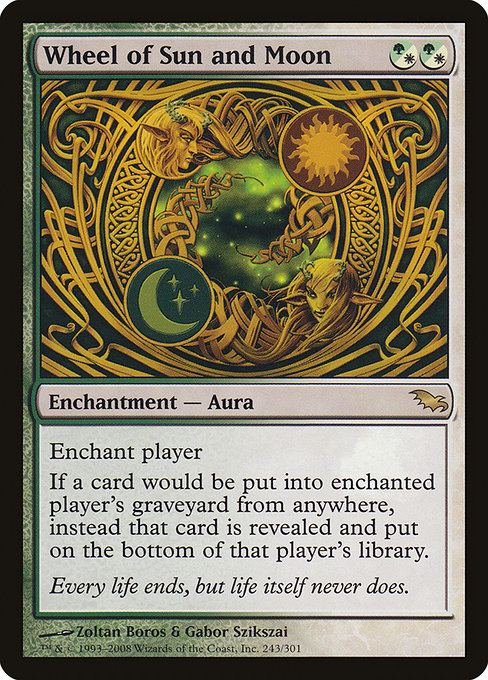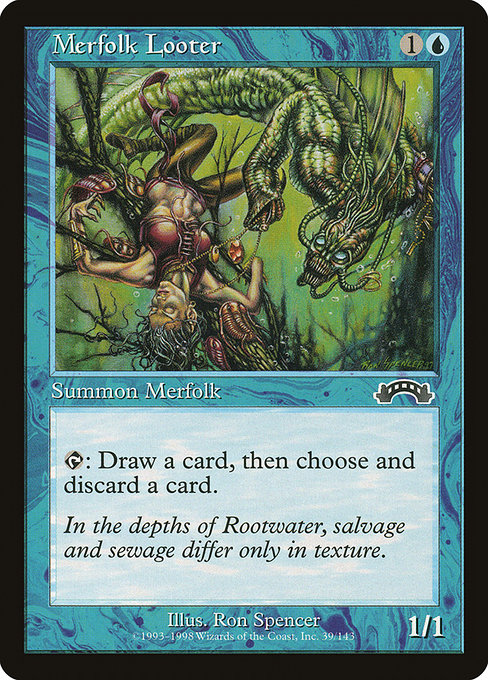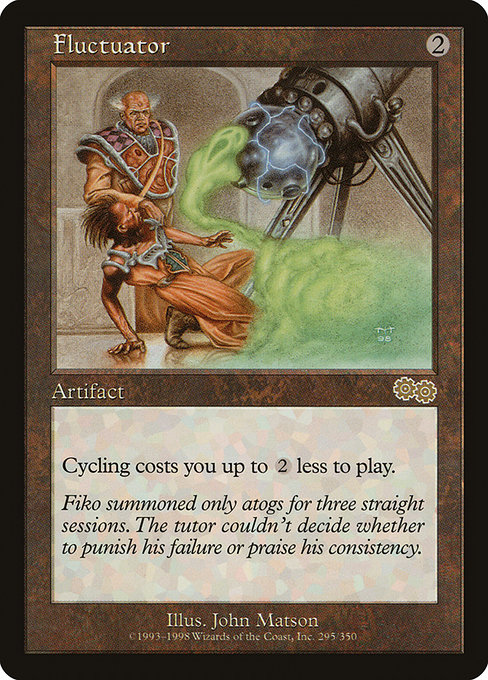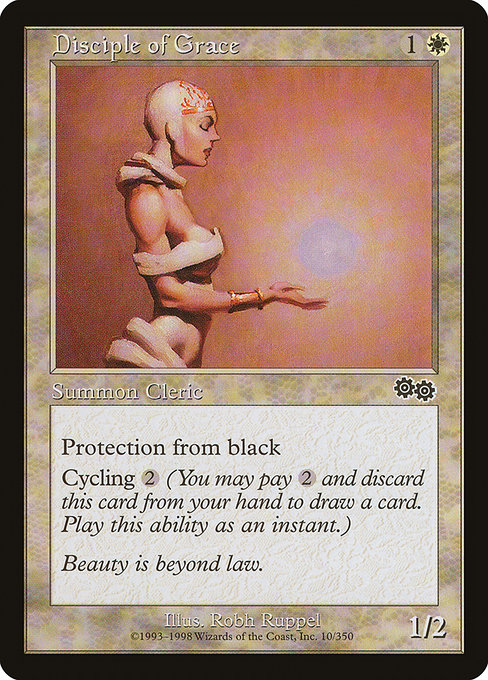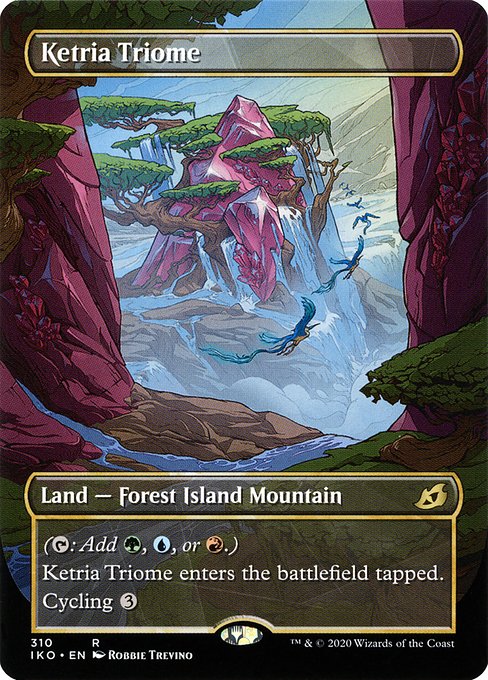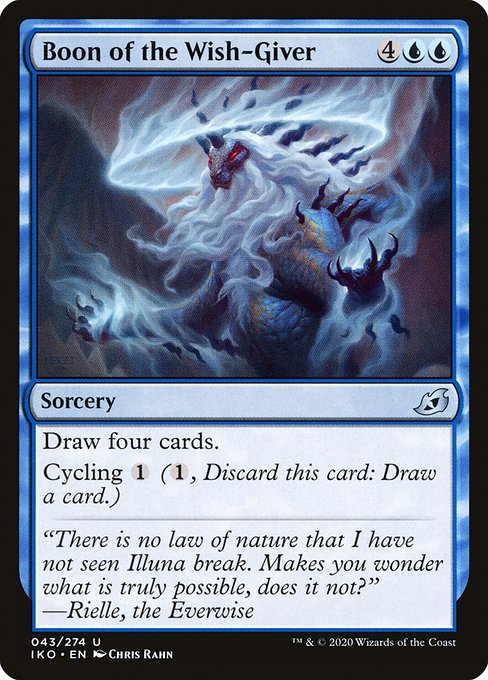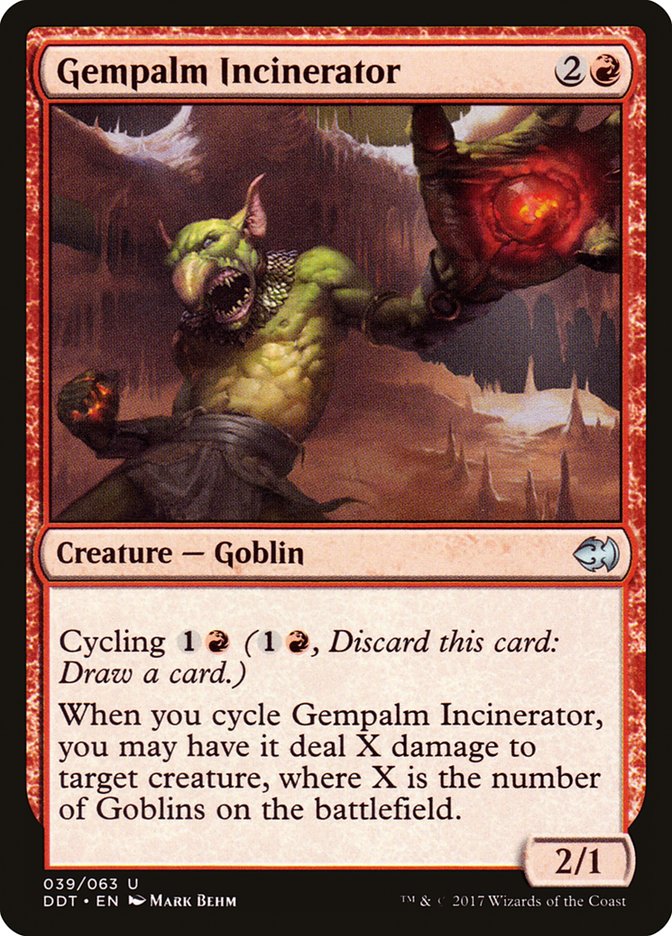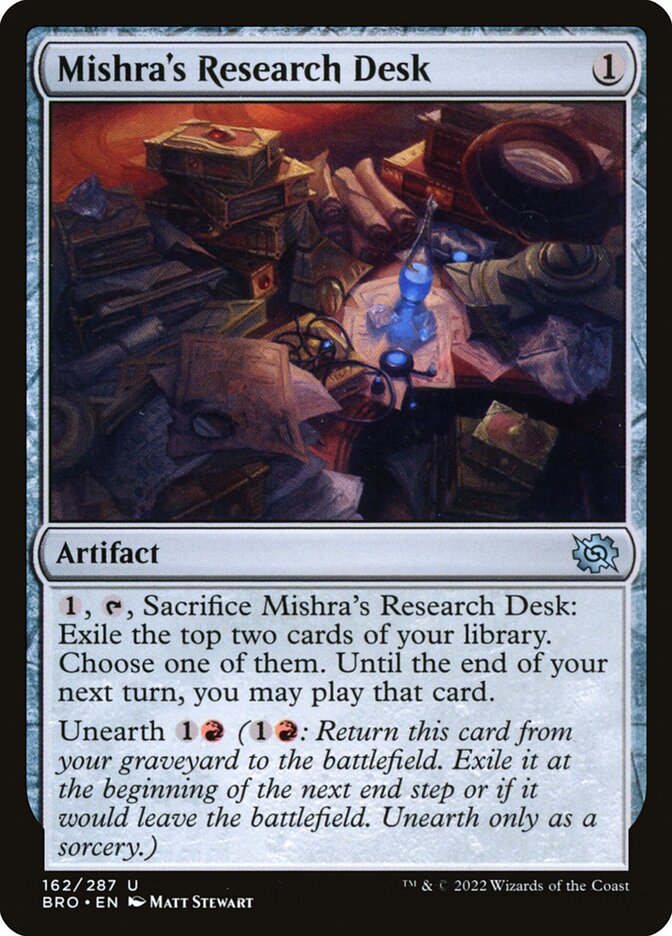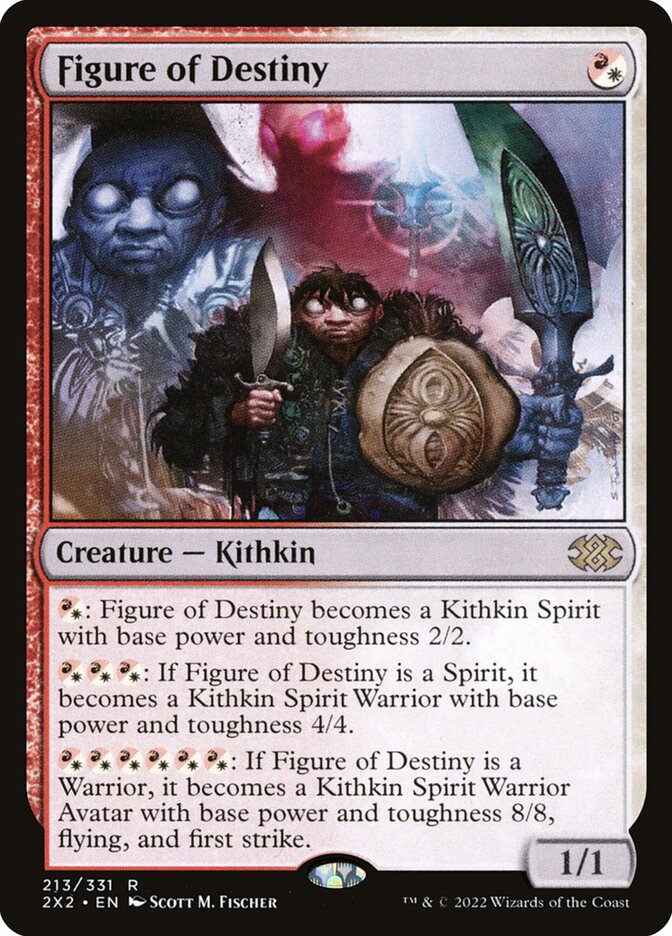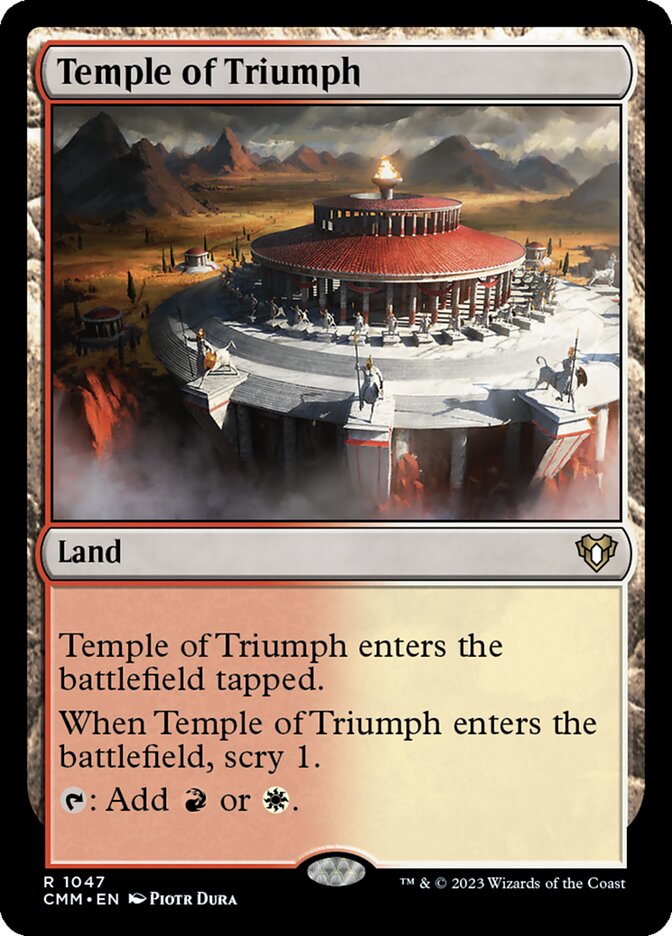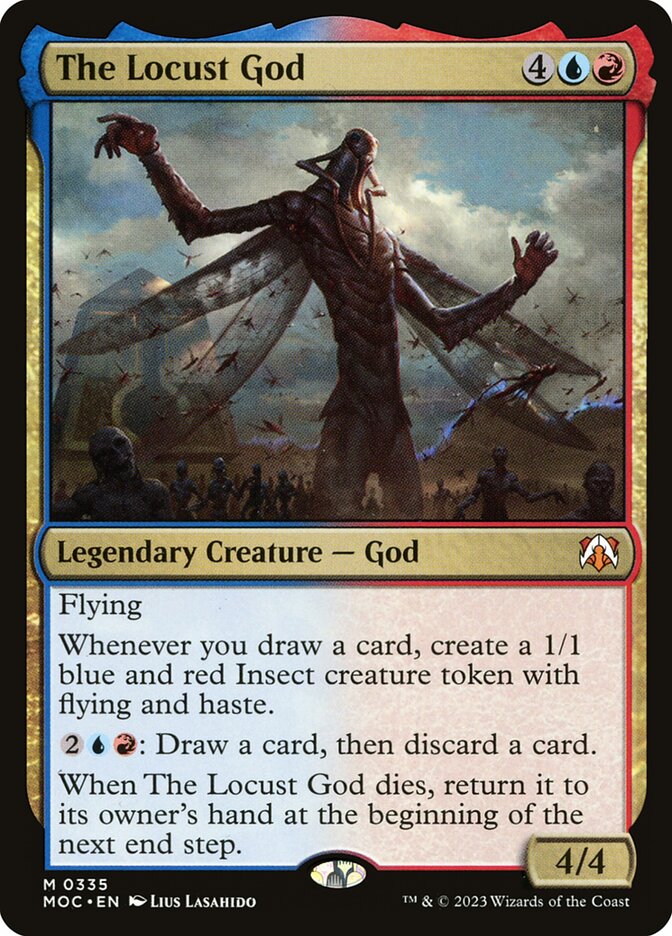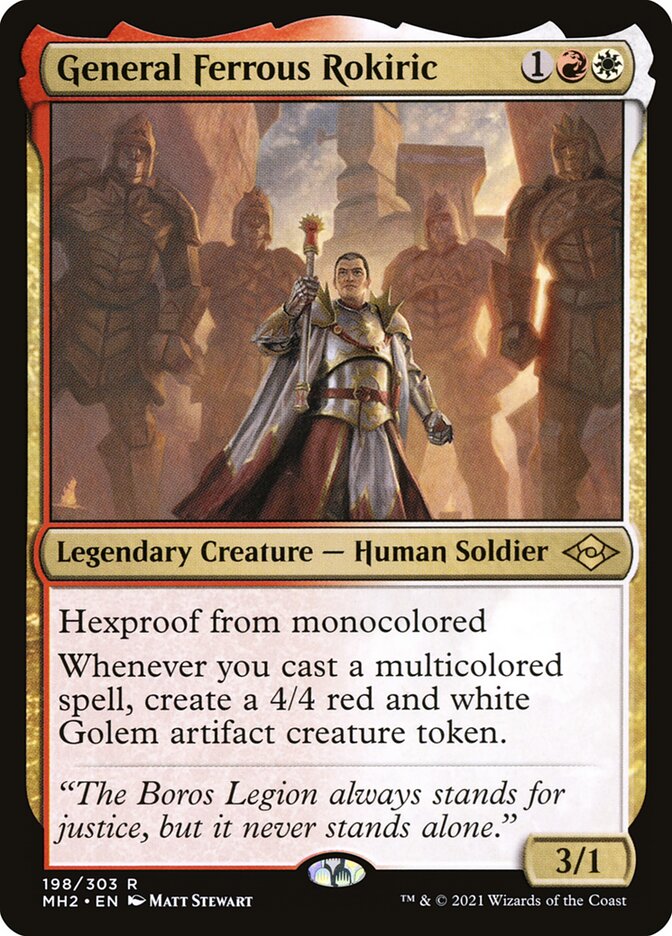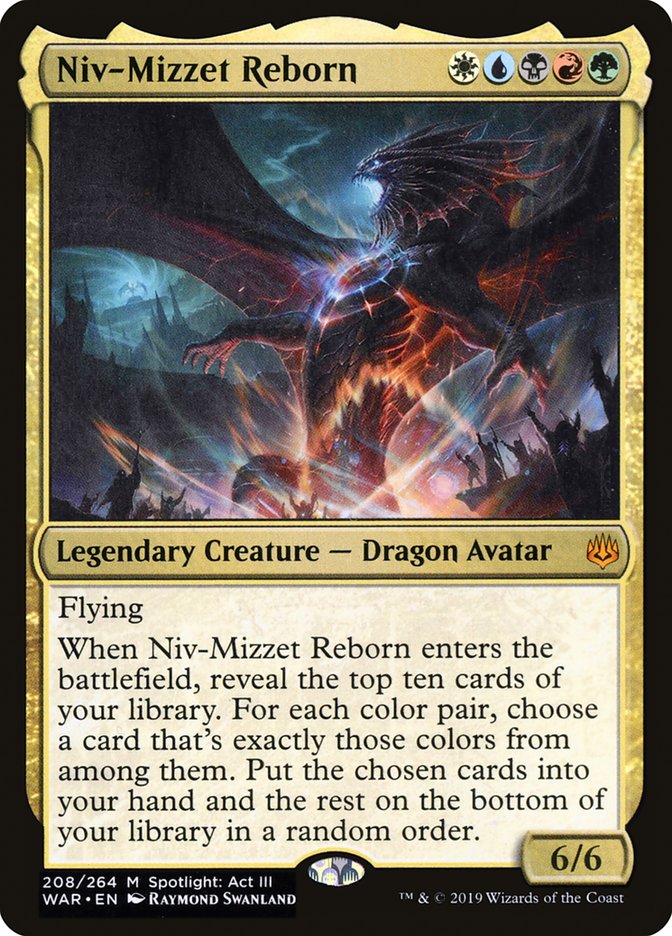When a card in a format is getting near ubiquitous play it means one of two things. Most would just go with the assumption that the card is simply high powered, which is often the case. The other possibility however is that there are not enough alternatives for the effect the card offers in the format. The card is undersupplied rather than over powered. Decks need an array of tools. Deck construction is not just a case of putting the most powerful cards together, nor is it even doing that with mana colour and curve considerations taken into account. You need an appropriate amount of interaction and threats, varying in degree based on the type of deck. You may also need other tools to facilitate what is going on in your specific build. In a typical cube deck I will have some space allocated to consistency, that of card selection and ensuring I have enough mana, and of the right colours. I will have some slots dedicated to value generation too, all on top of the classic removal and dork understandings of interaction and threats. I might then also have a deck trying to make use of the graveyard and as such I will be trying to hit a certain number of loot, mill, and discard effects to support that. As you can probably imagine, this need of certain tools is more pronounced in the more constructed settings of Magic but it is still relevant in cube.
As a cube curator over the years I have always tried to provide the options on cards that people seem to like. There was a time, long long ago, where consistently all of the one mana card quality spells on offer would get played. This was when I was just packing the premium ones commonly found in legacy. As such I added in Opt and immediately it saw ubiquitous play. So in went Sleight of Hand and it too was almost never left out. Finally we got to Portent (long long before Consider was printed). Portent got enough play to stay in the cube but it was also to be seen sat in sideboards. Not only was Potent not receiving the near ubiquitous play that had hitherto been seen in all those blue one mana card quality spells, but I was starting to finally see the occasional Sleight of Hand, Serum Visions and Opt left out of lists as well. Prior to the addition of Portent the demand for card quality was not met. Simply by helping to meet the demand the addition of Portent saw more powerful cards than it getting less action.
This is because in a draft you might pick up that Portent early knowing you will want a couple of cards like that in your deck. Later when offered that slight upgrade you might choose to pick a different card all together, where as if you didn't already have something in that Portent slot you would be snapping up that Sleight of Hand or whatever it happens to be. Going from an OK card to a good card is a minor upgrade to a deck while going from nothing at all to that good card is a rather more significant one. As such, the opportunity cost of not taking that Sleight of Hand is so much reduced that alternatives appeal more. This is the ideal balance point in a format. You want your weakest tool to be playable, if it is too weak to see play then it is adding nothing to the format. Ideally you want your weakest tool to be sufficiently playable so as to reduce the demand on other cards in its class. This then lets you properly assess the demand for a card based on power. All card quality effects looked equally good based on play stats until I actually met demand for them by the addition of Portent. There after the play stats of the various card quality one drops in blue started to reflect those cards potencies within my cube meta.
This is all well and good as a mere curator of cubes. You do what you can with the cards at your disposal. You can always trim the size of your cube in some areas as a way to inflate numbers on card types without needed more to be printed. The various bottlenecks in cube are interesting, discovering them in each individual cube and then trying to solve those issues, either as a curator or a player, are good fun parts of cubing.
When designing cards however, as I have been for my custom cube, you control the supply. From the perspective of the designer I am trying to supply the natural demand for these various effects. I want just enough of the effects to supply demand and I want as flat a power gradient on those cards as possible, ideally affected by context much more than raw power. I want players to chose between cards based on how they are for the deck rather than because one is just that much better and more powerful than the other. As a player you only need to learn about the relative power levels of cards within formats, the specific context based power levels. As a format designer you want to be much more aware of the supply and demand side of things as well. You need to know roughly what ingredients and in what ratios the main archetypes and colours want in any meta. If you see cards getting too much play and determine they need nerfing rather than being made more abundant you are going to make matters worse.
The thing that brought all this to the foreground of my attention was the basic land cyclers. With the likes of Lorien Revealed performing incredibly well in constructed formats as well as the others getting a fair old pile of action in one way or another. Power wise all of that cycle are low. I made my own cycles of low power generic land cyclers and they were comfortably my most played spells. To me this really shines a spotlight on an area wildly undersupplied in magic in general. These cards are very useful and do a great job of solving the main inconsistency in magic. They are a long long way off powerful. They are getting play due to a real deficiency of tools that afford consistency without too much cost.
I moved to five cycles of one mana land cyclers per colour in my 700odd card sized cube with my second printing of cards and finally got to the point where land cyclers were not always making lists. The play rate is still high and the power level is still low, lower than before with most of the original bunch getting a slight nerf, but at least I am meeting demand. One very marked effect of having this wealth of land cyclers in my format is the drop off in demand for other card quality cards, be that looting and scry effects bolted onto cards or dedicated card quality spells. Not a shock, just impressive how noticeable it is and feels.
Partly in cube this is down to the cardboard problem I spoke of in a recent article. If I play a Preordain in my deck then one of my cards has no direct affect on my winning of the game. If we just take our whole deck and put all the pieces out on the table and all the cards in our hand, the pure card quality spell does nothing while the Giant Spider forest cycler adds a Giant Spider's worth of power to the proceedings. As the cardboard problem isn't really a problem outside of cube it wasn't adding to the downward pressure on things like Preordain in those places. In cube this double hit of proper land cycler supply and ability to mitigate the cardboard problem has therefor changed the meta rather more significantly. This is always the case when you have two affects both scaling in the same direction, the rate it that much more pronounced and rapid than with the single scaling effect.
So the main takeaway here is simply that if a card isn't getting play it might be over supply not under powered, and equally, a card getting all the play might be undersupplied and not over powered. It tends to be healthier and safer testing, tinkering and probing the supply side of the issue before going in on the power side of things. Dilution of a problem is my go to first port of call both as a cube curator, and now as a designer too. There is also the case of being able to create demand with power, much akin to the ability to generate demand for things in economics by sufficiently reducing cost. This however is already a plenty long enough article to we will look at the effects on increasing demand with power another time.
